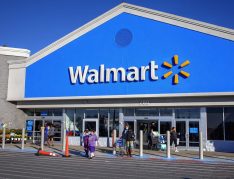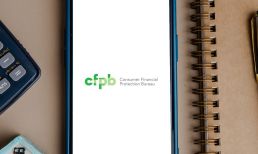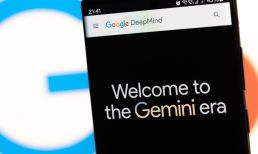Like so many things within the digital economy that were impacted by the pandemic, the nation’s vast loyalty and rewards programs have come out the other side with a different purpose and an entirely different viewpoint.
“There was definitely the opportunity throughout COVID for certain brands to show that they were loyal to their customers, which I think is a mindset very few brands ever take because when they say ‘loyalty,’ they’re talking about a consumer’s loyalty to their brand,” Fetch Rewards Founder and CEO Wes Schroll said in an interview with PYMNTS. “But we believe at the end of the day, it should be the opposite. It should be a brand proving that they’re loyal to the consumer.”
That new loyalty mindset has been the catalyst for a major rethink about the very existence and purpose of having a loyalty program to begin with. Many such programs are still constructed and run internally by large direct-to-consumer (D2C) brands. While there once was a time when things such as giving a firm’s best customers their 10th cup of coffee for free or offering a discount off their first purchase in exchange for their email address were seen as sufficient, those days have long since passed — and pandemic has been the most recent catalyst for the change.
“[Customer loyalty is now] about doing the right thing by them, making sure that your brand is associated with things that that consumer finds valuable and important in their life,” Schroll said. “That’s something that I think was heightened post-COVID, and people will remember those brands that were there for them during those times.”
The Modern Loyalty Matrix
Schroll said the best modern loyalty programs include a mix of features and complimentary perks and benefits, not unlike the overlapping zone in a Venn diagram.
Advertisement: Scroll to Continue
“It’s pretty simple for us,” he said. “First and foremost, we care about the experience that our consumers are having because at the end of the day, they are the lifeblood of our company, and we know that the only reason why we have the ear of brands and retailers is because we represent millions of their consumers.” (Fetch has 7 million monthly active users.)
But retaining those users also entails listening to them and constantly adapting, such as Fetch’s expansion into the restaurant space. Starting in early 2020 when Fetch users were allowed to scan receipts from any retail location, the company was suddenly flooded with millions and millions of receipts coming in from restaurants to the point where Schroll said he knew it was time to adjust.
“So, for us, it was a no brainer to lean into [restaurants] even further and go find partners out there that want to connect with the millions of consumers that we have who are looking for brands that will reward them for the loyalty that they’re going to show,” he said.
Growing The Business
As it stands, the Wisconsin-based company is now processing roughly 20 million receipts per month from its core user base and converting them into reward points.
“We are right now capturing about $70 billion a year worth of sales that we essentially have influence over for our brands and retailers, so at that scale, it’s almost the equivalent of the eighth largest retailer in the U.S., even though we don’t own a single store,” he said.
By the end of the year, Schroll said he expects that revenue metric to expand further and push Fetch into the equivalent of a top-three retailing spot with a user base north of 10 million consumers. With market influence like that, it is perhaps unsurprising that Fetch was able to raise $210 million earlier this month through investors, including SoftBank’s Vision Fund 2, as well as existing shareholders ICONIQ, DST, Greycroft and e.ventures.
“We have very ambitious growth plans for the product both in terms of adding new verticals and helping our users to get rewards for things like restaurants and other shopping that they do on a daily basis, plus some international ambitions too to continue growing,” he said.
In addition, Fetch also plans to hire more people for additional marketing and technology development to expedite and deliver the best loyalty product possible to its consumers.
“Saving money is something that everyone knows they should do, but maybe people don’t want to spend all that much time actually doing it,” Schroll said, “and Fetch is just that perfect harmony of not having to spend a lot of time to participate in it, but you’re guaranteed that you’re actually saving every time you use it.”




